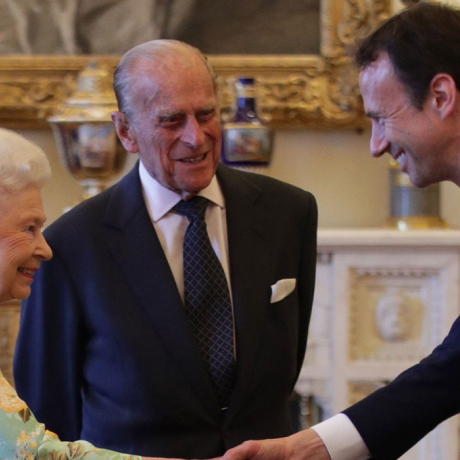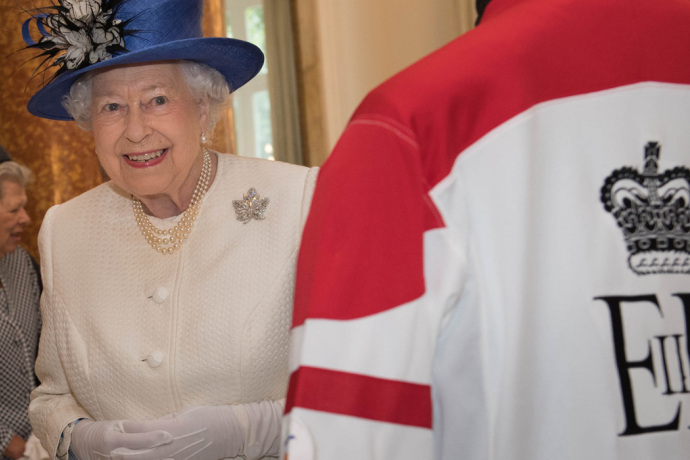A speech by The Duke of Edinburgh on ‘Inter-face / User and Machine' at the RSA Conference, 6 November 2002
Published
I think it is pretty well known that I have always been a great supporter of science and engineering and I have considerable respect for the technologies, which they have originated and developed. I then started to use these new technologies and for years I thought I was alone in finding it difficult – not to say frustrating – to communicate with them.
Electronic gadgets cause their own problems, but it does not stop there. I found that the controls of all sorts of equipment were giving me trouble for one reason or another, or that their design was not exactly user-friendly. As I was rather reluctant to admit the problems I was having, I kept them to myself, but then I gradually began to discover that there were others equally ‘control-challenged’.
There seems to be one general characteristic among the designers of electrical equipment. My impression is that they must get some sort of kick out of hiding the ‘on/off’ switch. They sometimes go further and mark the switch ‘PWR’, which I had come to believe stood for Pressurised Water Reactor. For example, only experience will help you find that elusive switch on a television set. You have to stub your finger all along the bottom frame of the set till you find a cunningly concealed section, which gives way when you press it and the little red light comes on. Things have got a bit easier with remote controllers; that is if you can find it after the last user has left it under the settee. Even then, you have to recognise the difference between the terrestrial, satellite and video controllers, each of which, in any case, looks like a simplified version of the Rosetta Stone and needs about the same degree of de-cyphering talent.
Until recently, most video recorders were placed on the floor under the TV set. It was, no doubt a convenient place to put it, but it is in the dark and the controls are on the front of the box with their identification in very small white letters on a black background. The only thing for it, was to lie flat on the floor with a torch in your teeth, a magnifying glass in one hand and the book of instructions in the other. It can be done, of course, but it strikes me that the whole thing could be far more user-friendly.
I suspect that I am not alone in having trouble with digital clocks – particularly the LCD variety – which are so often incorporated into every sort of gadget. The instructions tell you to stick a pin into a small hole, or to press one of those small knobs, for so many seconds until the figures begin to flash. You then have a quick look at the instructions to see what to do next, but by the time you look back at the figures they have stopped flashing and you have to start all over again. When you finally give up in disgust, the next thing you know is that you are woken up at 4 o’clock in the morning because you have inadvertently set the alarm.
Radios are not much better. Every time you change the batteries, all the settings go back to datum and it is in the alarm mode. In the end the only hope is to find a convenient ten-year-old and get it to do it for you.
Instructions for telephones can also cause problems. There are usually 30 or 40 pages giving precise instructions about all the alternative ways in which you can use the machine, including 5 ways to make a conference call; how to pre-program telephone numbers, and all its other clever accomplishments. It is only when you get to the final chapter they rather reluctantly suggest how to make a call. Needless to say, there are 4 options.
I have to admit that I also have problems with what are intended to be self-evident signs, so beloved of the designer of facia panels in cars. There is one that looks like the top of a shower. It usually turns out to be a light of some sort, but I sometimes speculate whether it operates a cold shower in the boot to keep dogs cool on a hot day.
I could go on giving examples of this intellectual barrier and between user and machine. For instance, have you ever wondered why the controls on those central heating radiators are placed at floor level? If that was not bad enough, the scale on the control knob is on the side, which means that you get a sharp attack of apoplexy as you bend down in an effort to read it. Needless to say, there is then the serious risk of getting burnt as you try to adjust the temperature. Why are the controls for a shower always placed on the far side of the shower, so that when you turn on the water it comes down on your arm? If the water happens to be hot, it is positively dangerous to try to turn the thing off.
I want to make it clear that I have no criticism of the machinery. All these household gadgets usually work very well, once you have discovered how to program and operate them. I know that there is a very true saying that when all else fails, read the instructions. The only problem is that I suspect the original instructions are written in the native language of the manufacturing country, which is then translated into English by someone who did the equivalent of O-level English at school some 30 years earlier.
It was the discovery that so many other people had similar difficulties that persuaded me to suggest to the RSA that it might like to arrange a discussion about the whole subject.
As I said, this is not a complaint or criticism. It is just an appeal to those brilliant designers to remember that what looks perfectly sensible to some-one who is intimately familiar with its design and construction, at eye-level in the bright light of a work-bench, is frequently unreadable – if not incomprehensible – to the ultimate purchaser. All I hope for from this meeting is that designers will be encouraged to give a bit more thought to the interface between user and machine.
Related content
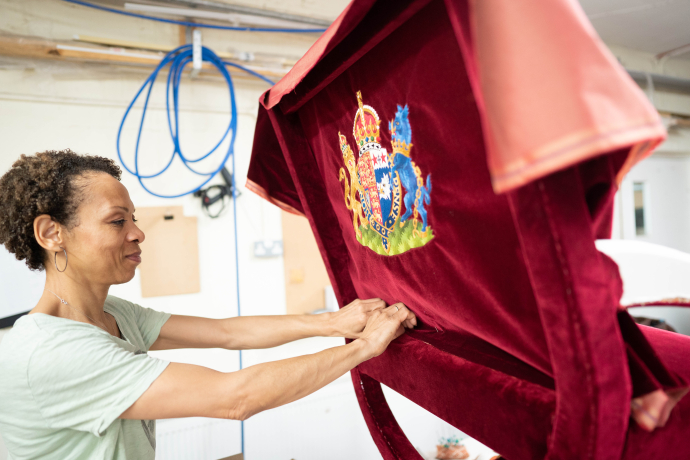


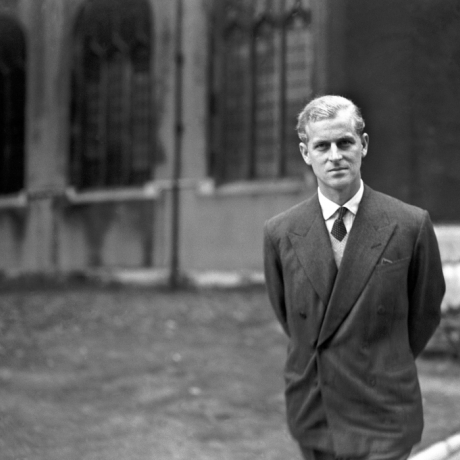
A message from The Duke of Cambridge following the death of The Duke of Edinburgh
My grandfather’s century of life was defined by service – to his country and Commonwealth, to his wife and Queen, and to our family.


The Duke of Edinburgh's message to everyone who is helping to tackle the pandemic
As we approach World Immunisation Week, I wanted to recognise the vital and urgent work being done by so many to tackle the pandemic ...

Her Majesty sends a message to the people of Hahoe Village, read by The Duke of York during his tour

Her Majesty The Queen has sent a message to The President of France following the fire at Notre-Dame Cathedral
A message from The Queen to The President of the Federative Republic of Brazil.


Year in Review 2017

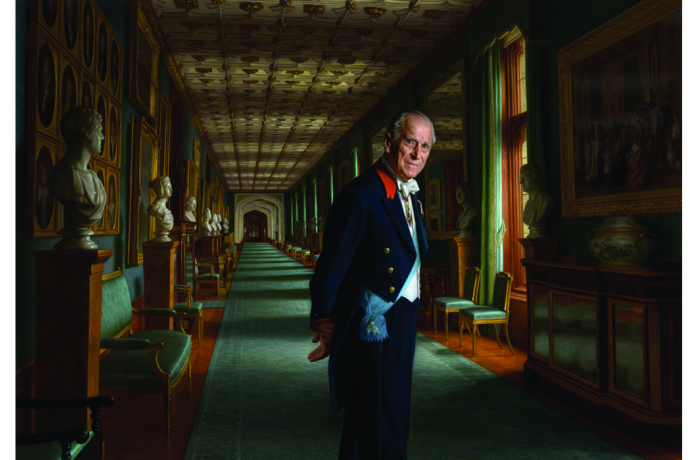
The Funeral of The Duke of Edinburgh


Engineering

Design work

Flying

Bird-watching


A message from The Queen following the recent attacks in Barcelona and Cambrils
A message from The Queen following the landslides in Sierra Leone













